It's fascinating to think that the richest man in the world is a Frenchman you all know: Bernard Arnault . His fortune exceeds $200 billion, ahead of titans like Jeff Bezos and Elon Musk. But how did Bernard Arnault accumulate this colossal wealth? Is it thanks to his family, his cunning, his strategic talents or his financial arrangements? Let's dive into the history of this luxury empire.
Bernard Arnault was born in 1949 in Roubaix into a wealthy family. His mother, Marie-Josèphe Savinel, is the daughter of the founder of a public works SME, Ferret-Savinel. His father, Jean Arnault, became the director of the company. Since childhood, Bernard has been passionate about the family business, walking around construction sites with his grandfather. His second passion, music, and especially the piano, did not turn into a career due to lack of sufficient talent.
Arnault finally joined the École Polytechnique after an initial failure, becoming valedictorian of his class in 1971. He then joined the family business as an engineer at the age of 22. Four years later, at the age of 26, he took charge and convinced his father to sell the construction activities to concentrate on real estate. Ferret-Savinel, renamed Ferinel, quickly became the leader in tourist apartments in France.
In 1981, the election of François Mitterrand pushed Arnault to go into exile in the United States where he founded Ferinel Inc. in New York. There he rubbed shoulders with Donald Trump and began to understand the global importance of French brands. A funny anecdote: upon arriving at Kennedy Airport, he asked the taxi driver if he knew the French president. “No, but I know Christian Dior,” he replied.
Back in France in 1984, Bernard Arnault turned to industry and became interested in the Boussac group, then in difficulty. He managed to convince the state to hand over the company to him by promising to save 12,000 jobs. Once in control, it nevertheless laid off 9,000 employees and sold non-essential assets, strengthening its cash flow. He only kept Dior and Le Bon Marché, taking Boussac out of bankruptcy.
Its acquisition strategy continues with LVMH . Using bold and sometimes controversial tactics, he became the majority shareholder of the group, gradually ousting the Louis Vuitton heirs. Through a series of hostile takeover bids and strategic takeovers, Arnault built a luxury empire by consolidating prestigious brands like Dior, Louis Vuitton, Givenchy, and many others.
Under his leadership, LVMH became the largest luxury group in the world, bringing together more than 70 iconic brands. LVMH's portfolio is extremely diverse, including varied sectors such as fashion, watches, wines and spirits, as well as cosmetics and perfumes. Among the most prestigious brands, we find Louis Vuitton, Christian Dior, Givenchy, Fendi, Marc Jacobs, Céline, Kenzo, Guerlain, Hennessy, Moët & Chandon, and many others.
Bernard Arnault is renowned for his meticulous management approach. He does not just supervise the main strategic lines; he is personally involved in the details, particularly the decoration of the stores. He has a precise vision of the image that each brand must convey and ensures that the stores perfectly reflect this universe. For example, the Louis Vuitton Place Vendôme boutique in Paris is designed to be an exceptional home, embodying the elegance and refinement of the brand.
His quest for perfection and attention to detail are also evident in his team management. Arnault is known for being a demanding leader, expects high performance from his colleagues, and encourages innovation while respecting the traditions of the houses he manages.
Of course, everything hasn't always been rosy.
Bernard Arnault has experienced failures, the most notable being the aborted attempt to buy the Hermès house. In 2011, LVMH surprised the market by announcing that it held a 17% stake in Hermès, an acquisition made largely through discreet market transactions. The heirs of House Hermes responded vigorously, seeing this maneuver as a hostile attack. Finally, in 2017, LVMH had to sell its shares, putting an end to this fierce battle.
Despite these setbacks, Bernard Arnault remains a visionary. It anticipates trends and invests in promising sectors. Its investment fund, Aglaé Ventures, supports innovative start-ups such as Spotify, Netflix, eToro, and Airbnb. At the same time, he is a great collector of modern and contemporary art, and even had the Louis Vuitton Foundation built in Paris to exhibit his private collection.
Arnault also knows how to prepare for the future. He carefully planned the succession so that the LVMH empire remained under the control of his family. The family holding company, Agache, has been restructured to ensure that its five children hold equal shares and that control remains inalienable for at least 30 years. This strategy ensures the sustainability of the company while maintaining stable governance.
Ultimately, Bernard Arnault did not start from nothing, but he knew how to magnify his legacy. His ability to see far ahead, take calculated risks and manage with rigor has transformed LVMH into a true titan of luxury. Today, LVMH is the equivalent of a luxury ETF, representing the quintessence of French refinement and know-how. Some see him as a ruthless wolf, others as a business master. Regardless, his impact on the luxury industry is indelible and his success is undeniable.

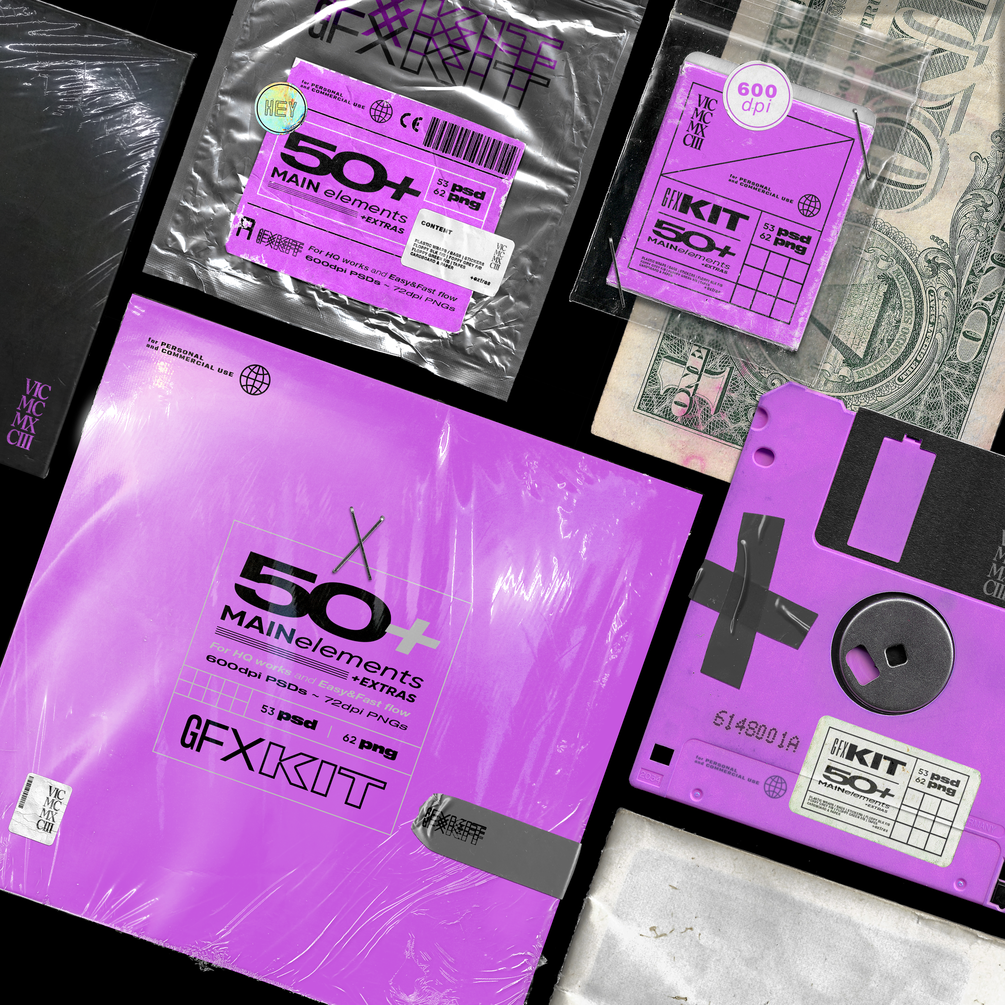
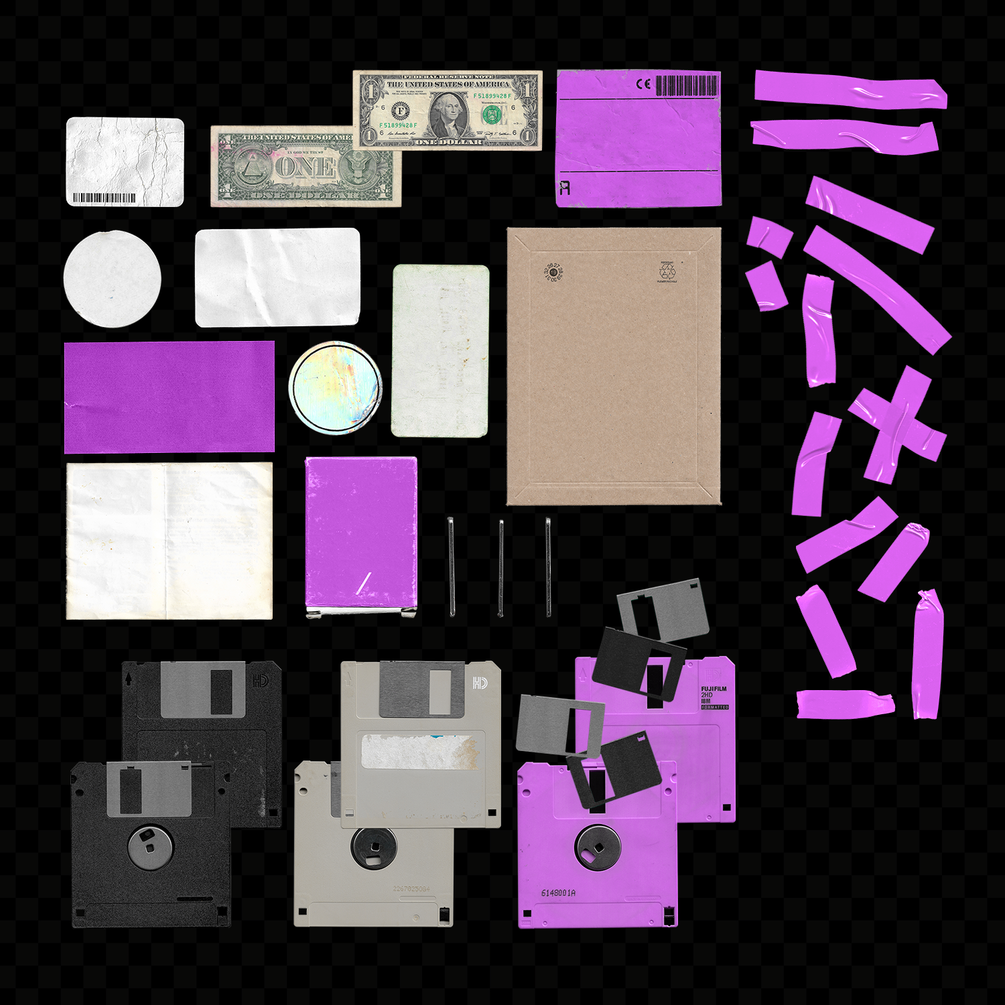
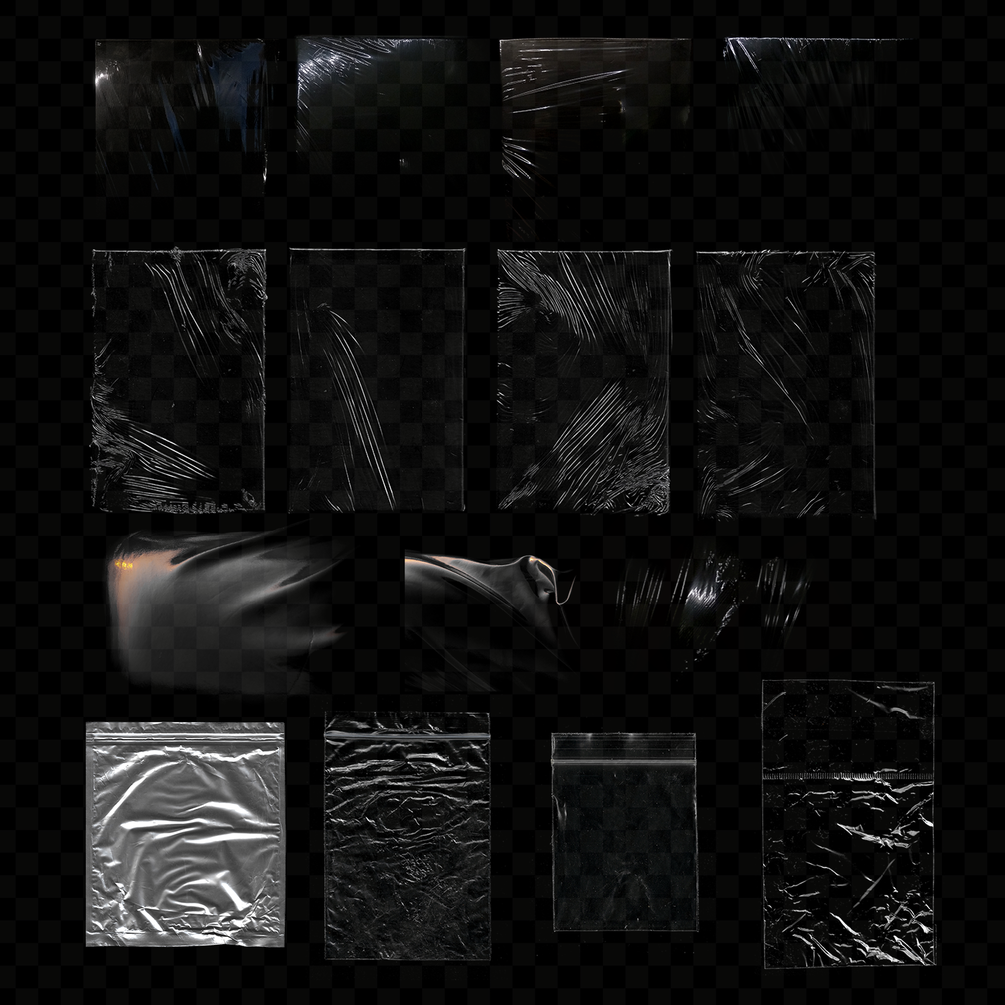






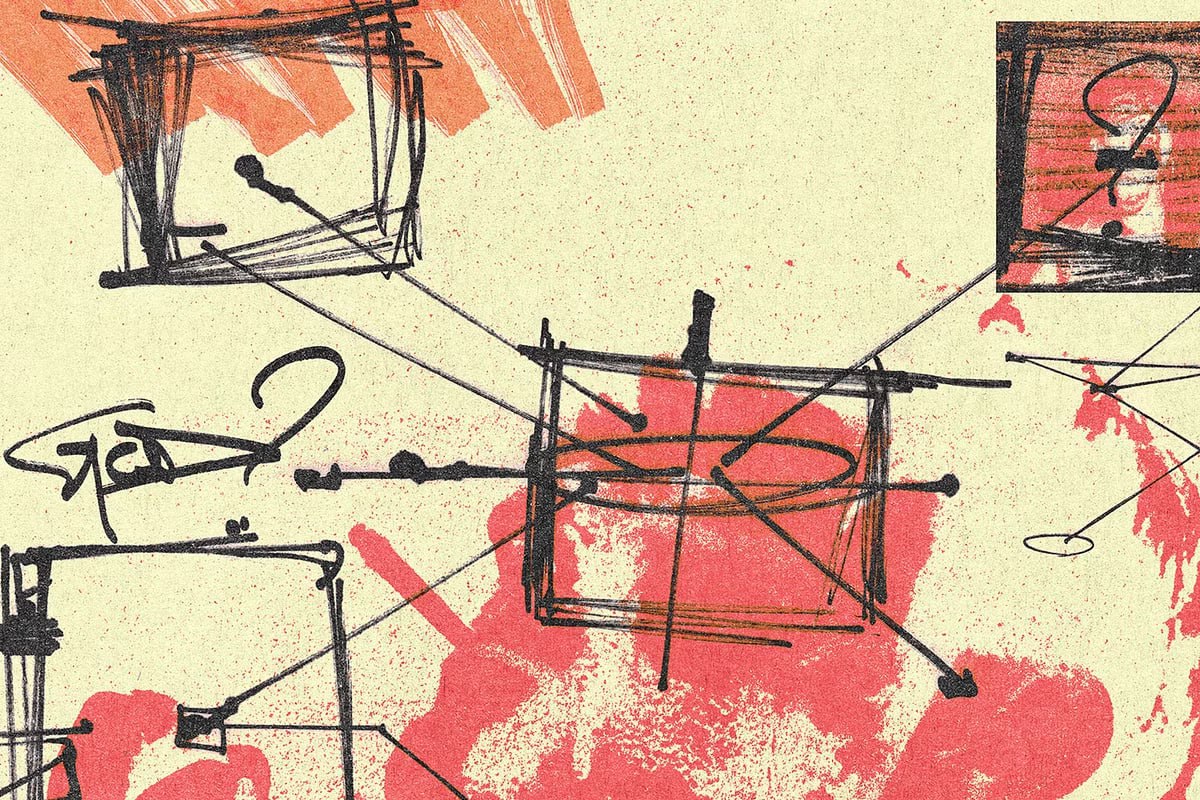

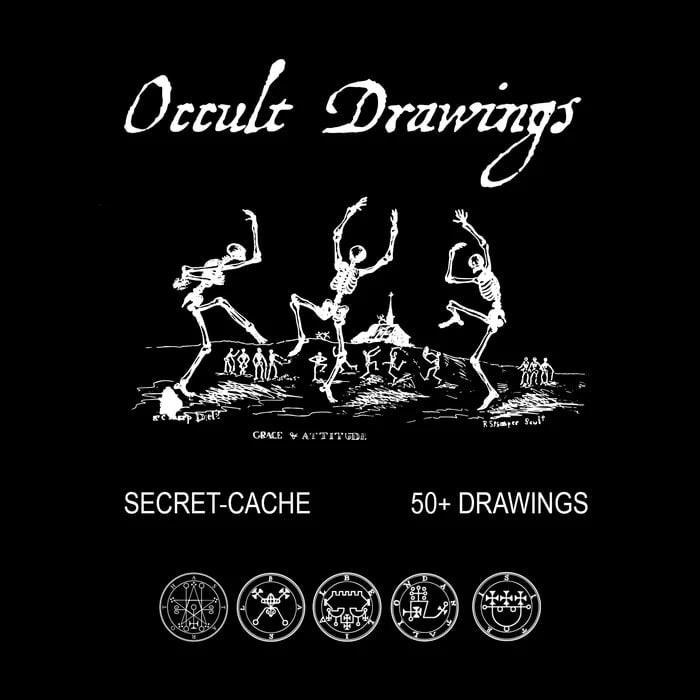
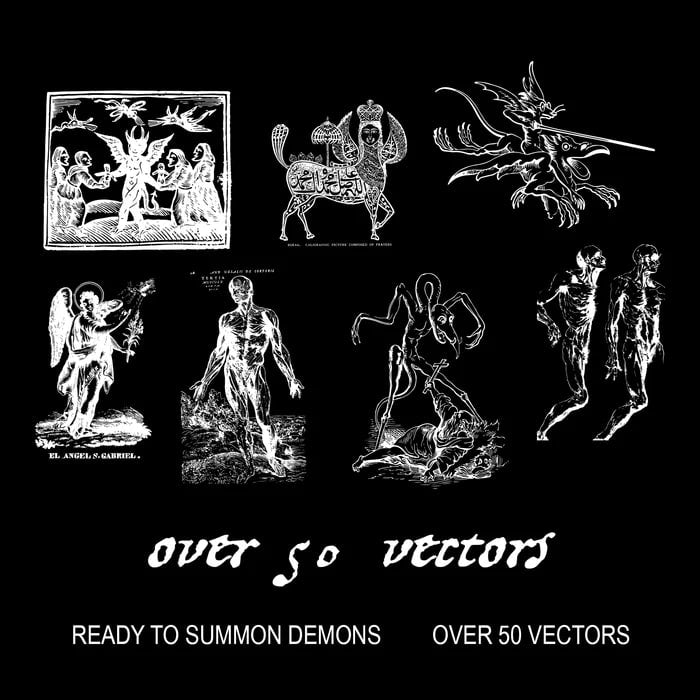


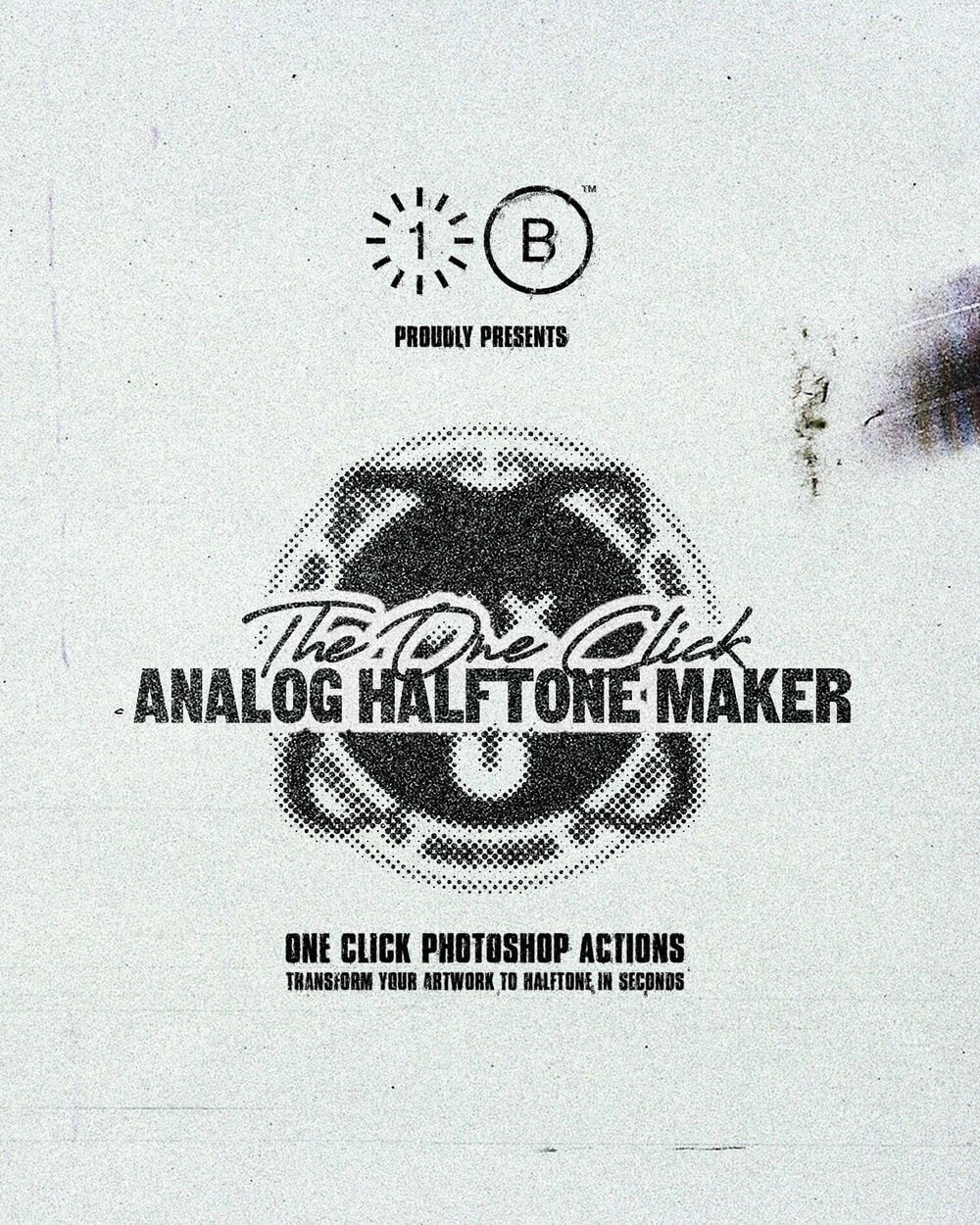
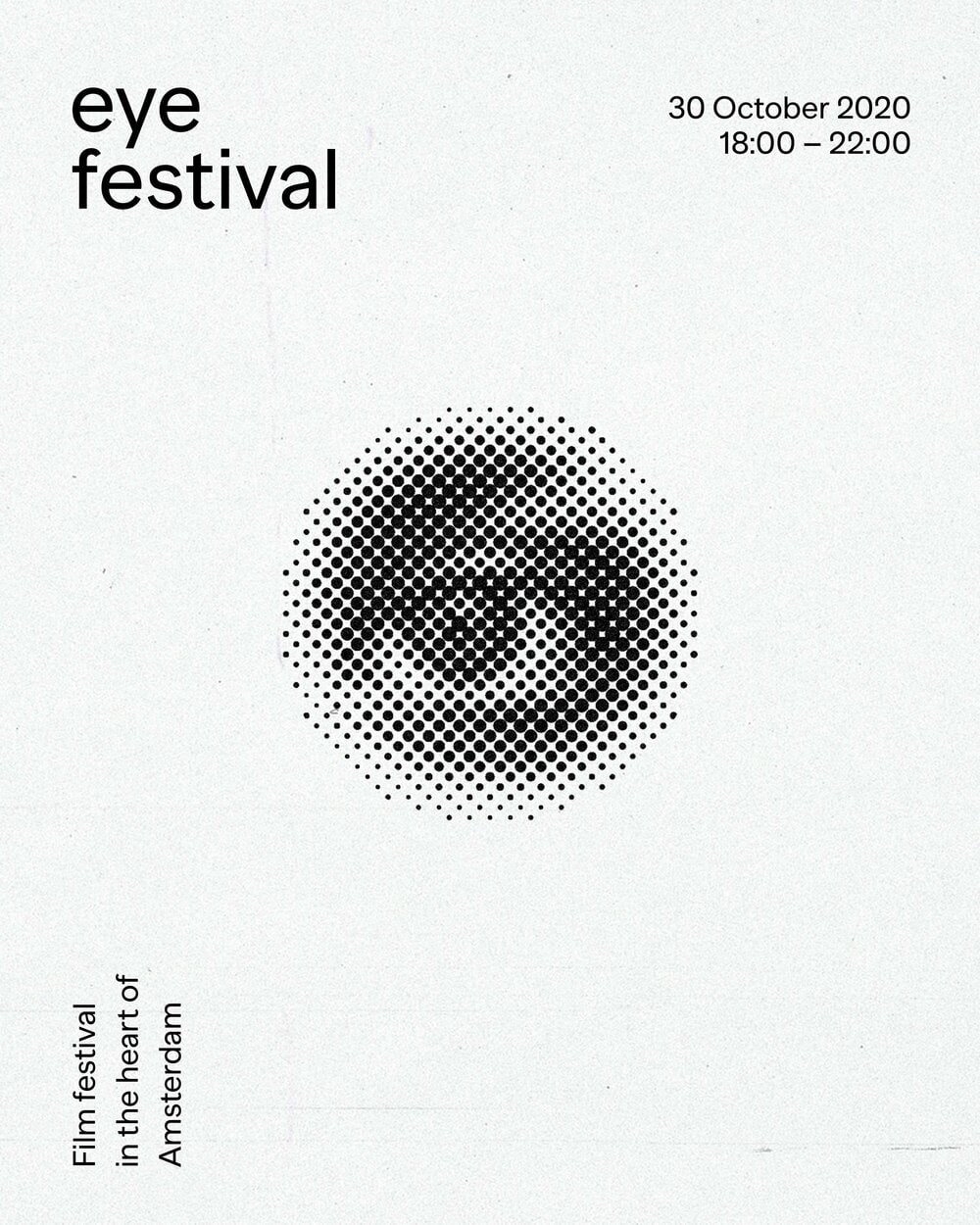
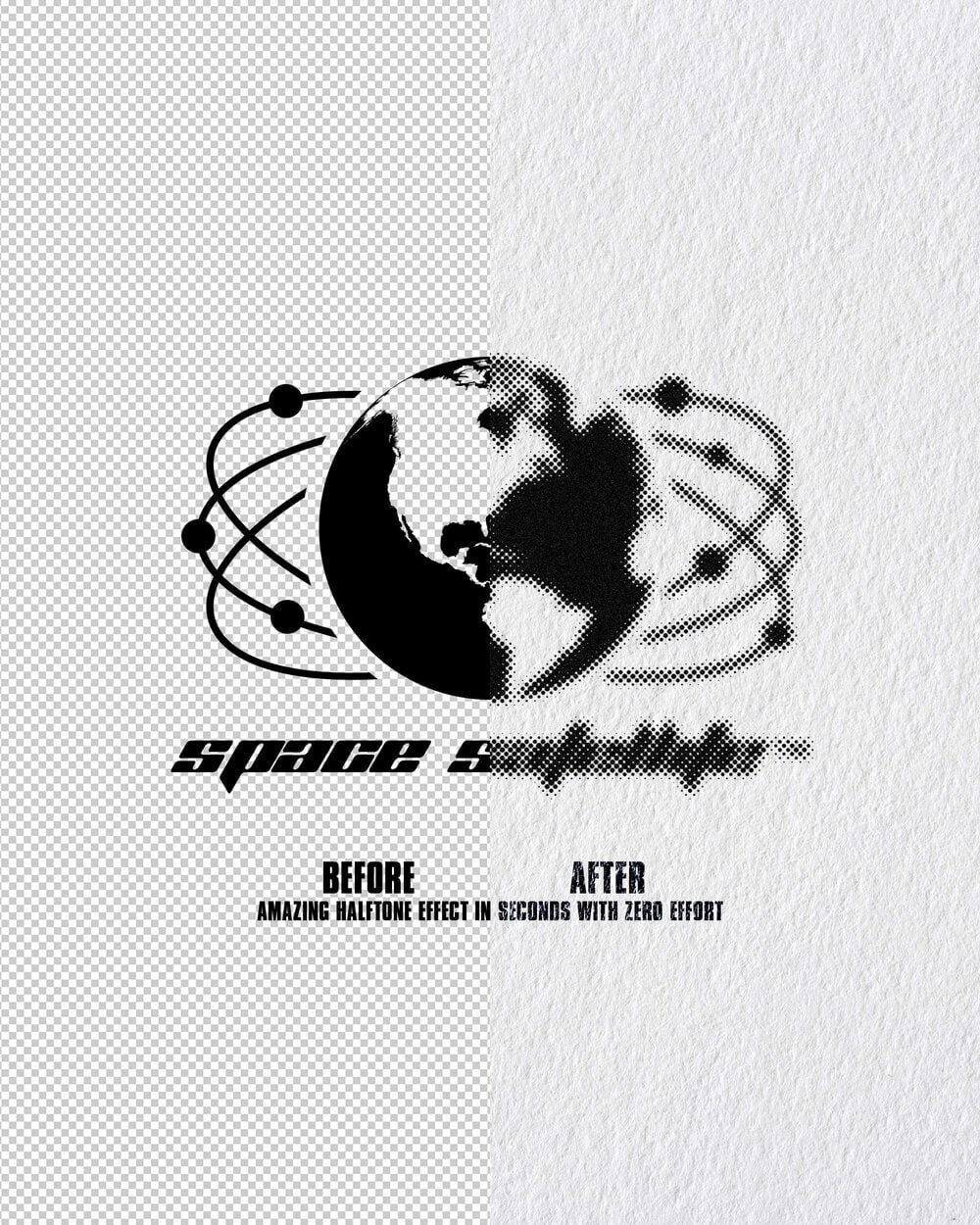
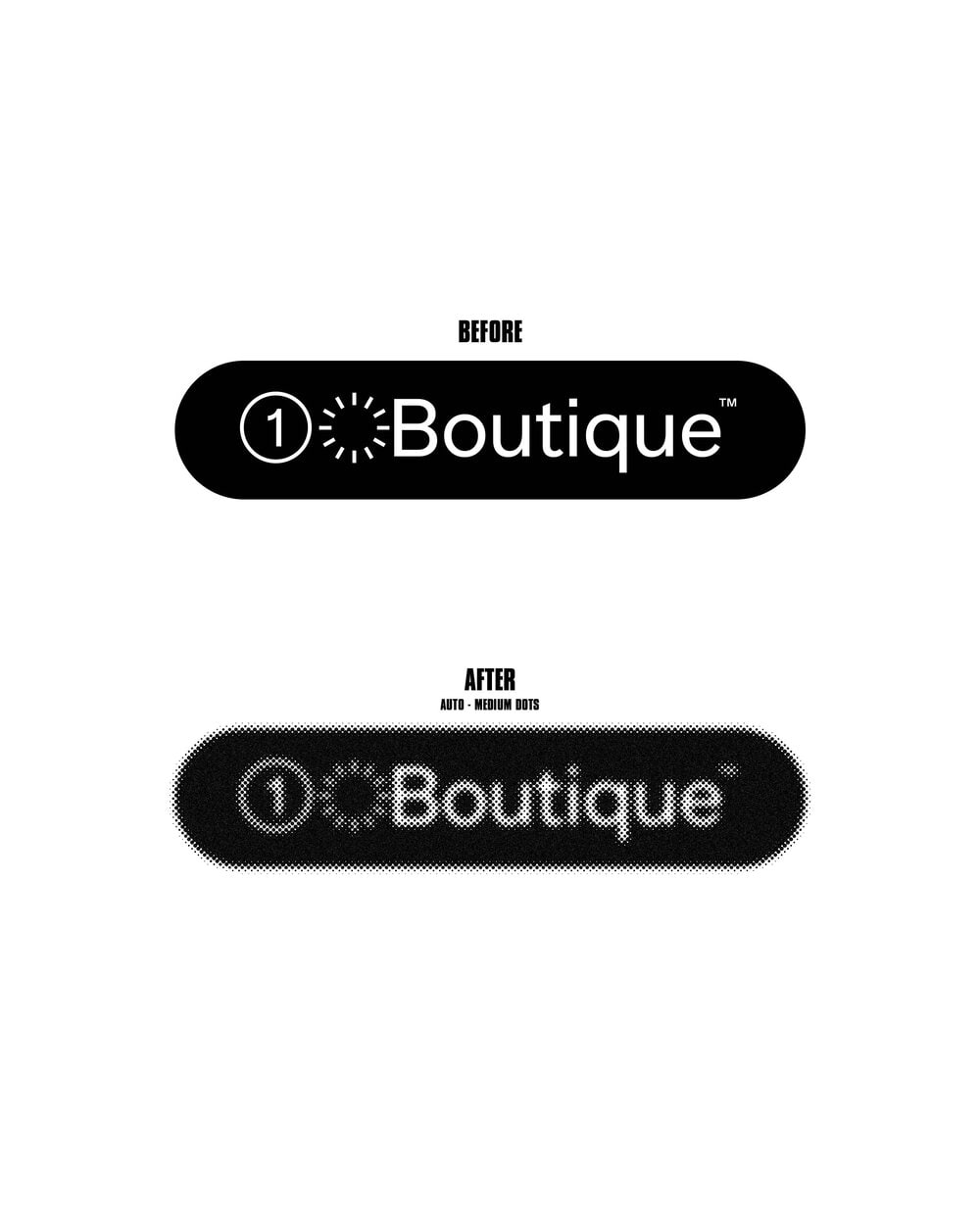

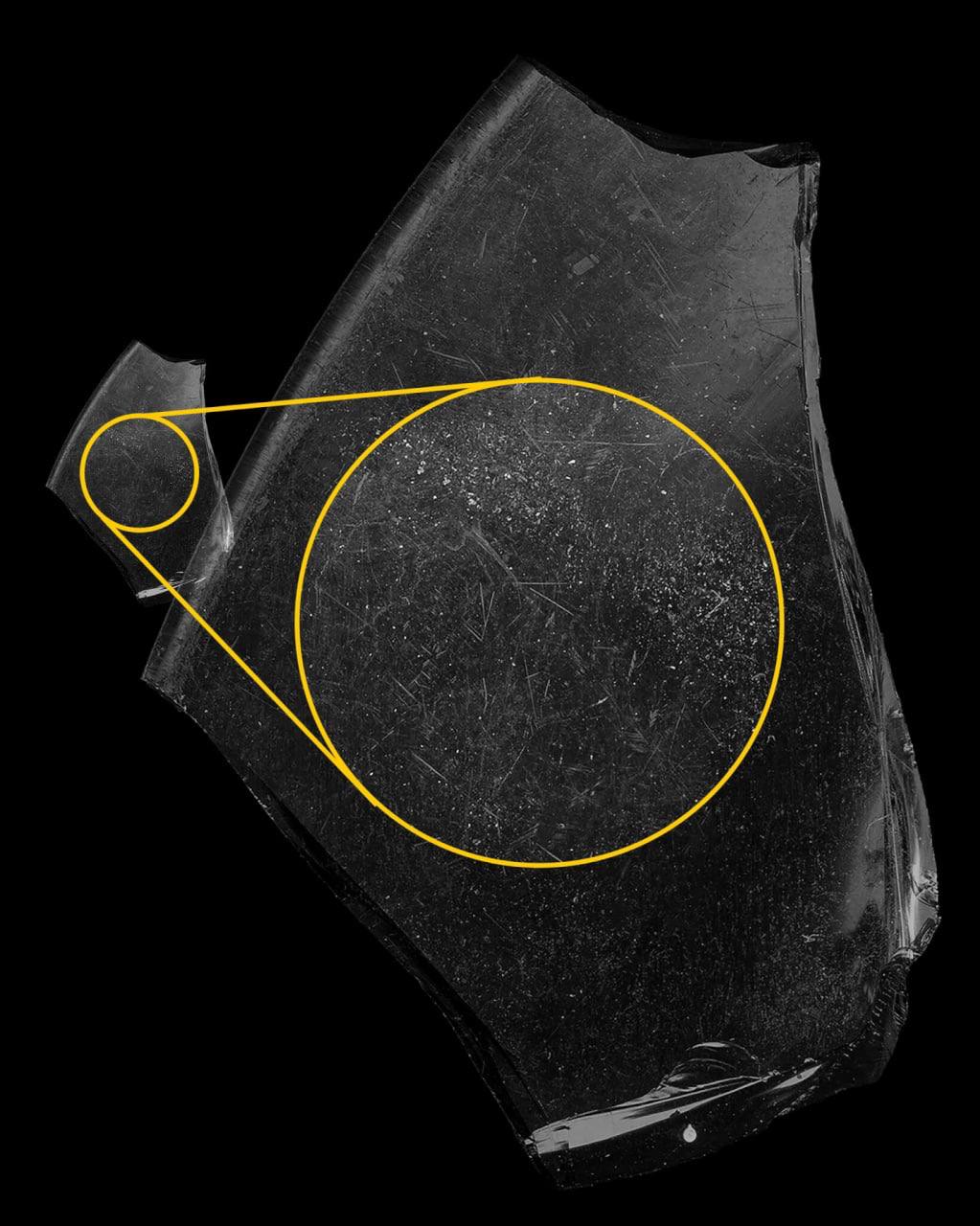
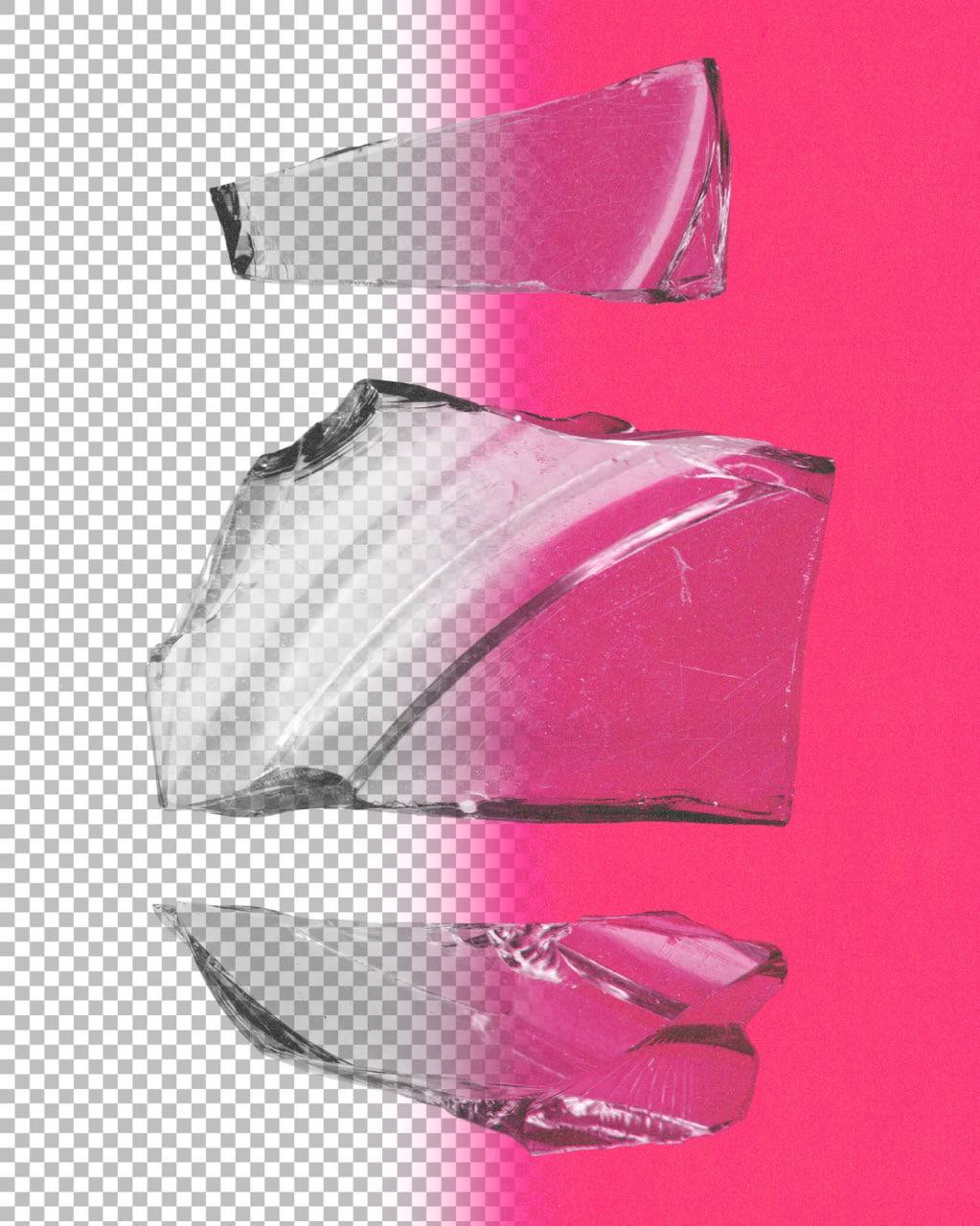
!["Friendly bowling" T-SHIRT [BY OldPiece]](http://hytrape.com/cdn/shop/files/store-1725996094337-3948653211.webp?v=1728406379&width=713)
!["Friendly bowling" T-SHIRT [BY OldPiece]](http://hytrape.com/cdn/shop/files/boulisteaction3.webp?v=1728406380&width=713)
!["Friendly bowling" T-SHIRT [BY OldPiece]](http://hytrape.com/cdn/shop/files/Slide2copie2.webp?v=1728406379&width=713)
![TEE SHIRT 'LA FENÊTRE BLEUE' [BY SOBRIDOLUCAS] HYTRAPE](http://hytrape.com/cdn/shop/files/unisex-organic-cotton-t-shirt-white-front-66d5ddf9ec561.png?v=1725292308&width=1000)
![TEE SHIRT 'LA FENÊTRE BLEUE' [BY SOBRIDOLUCAS] HYTRAPE](http://hytrape.com/cdn/shop/files/Snapinsta.app_457747205_1046967493462404_5975175811843993143_n_1080.jpg?v=1725290525&width=1080)
![TEE SHIRT 'LA FENÊTRE BLEUE' [BY SOBRIDOLUCAS] HYTRAPE](http://hytrape.com/cdn/shop/files/Snapinsta.app_457510027_354964294352070_6122665455252351037_n_1080.jpg?v=1725290667&width=1080)
![TEE SHIRT 'LA FENÊTRE BLEUE' [BY SOBRIDOLUCAS] HYTRAPE](http://hytrape.com/cdn/shop/files/unisex-organic-cotton-t-shirt-white-front-66d5ddf9f167b.png?v=1725292440&width=1000)
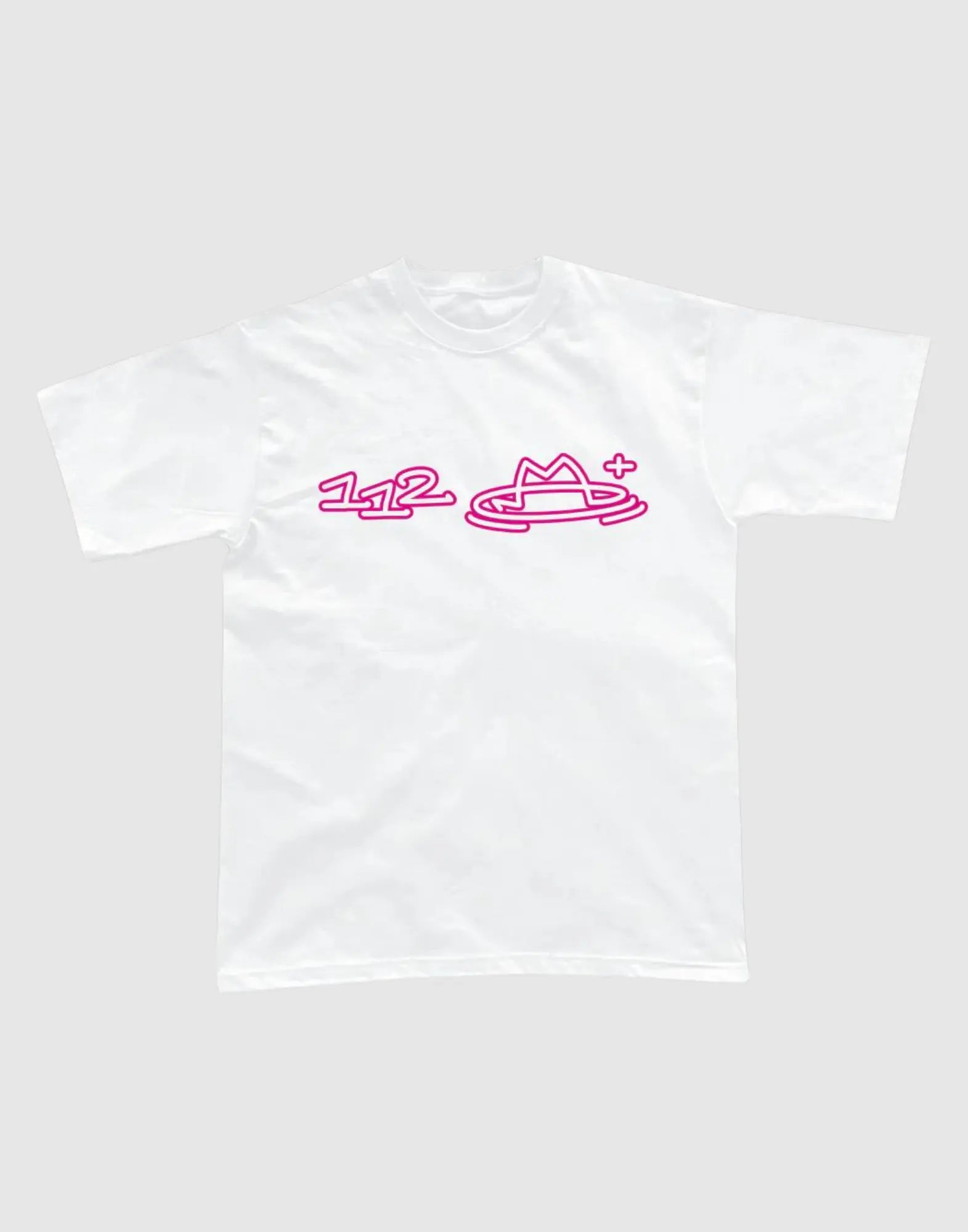
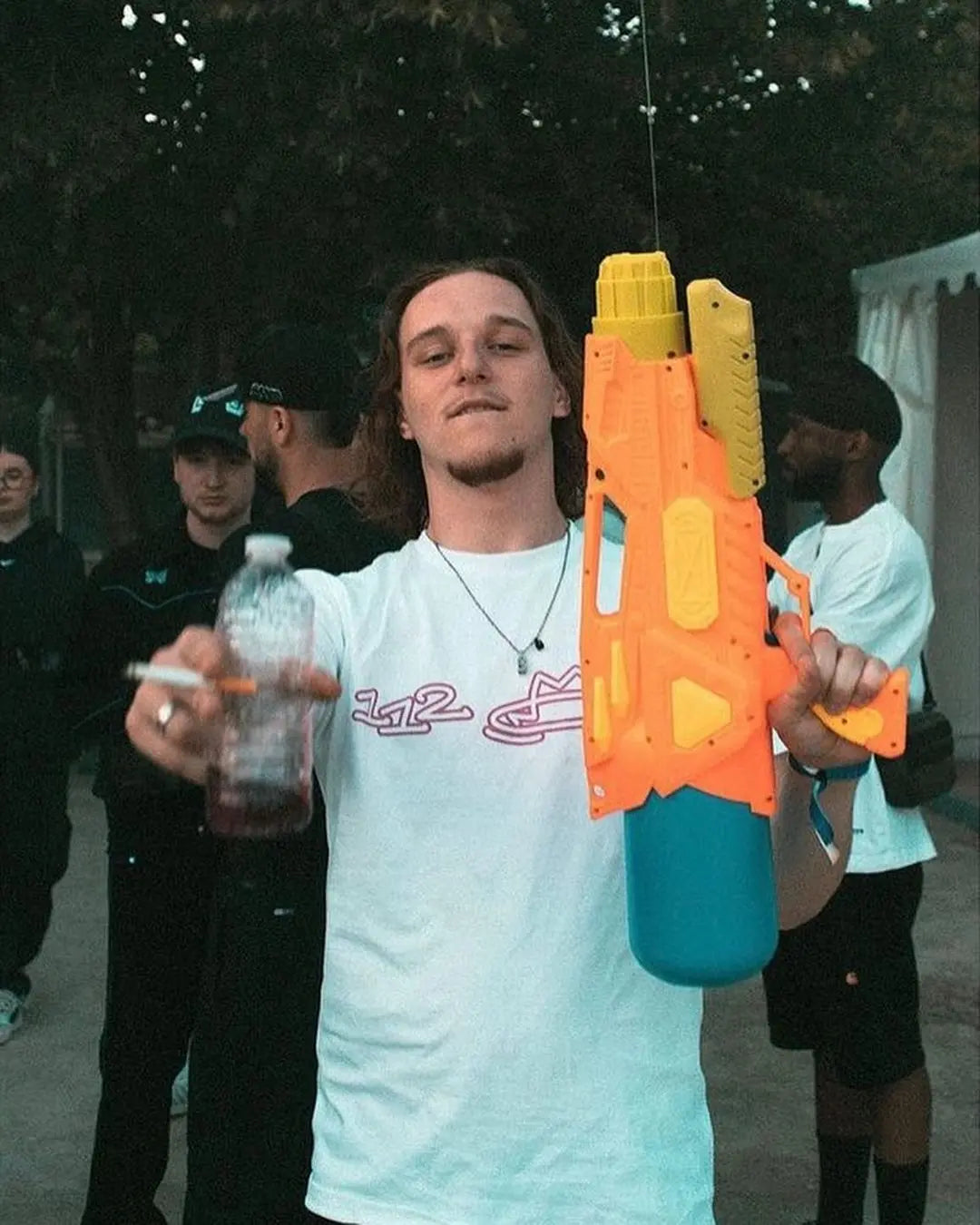
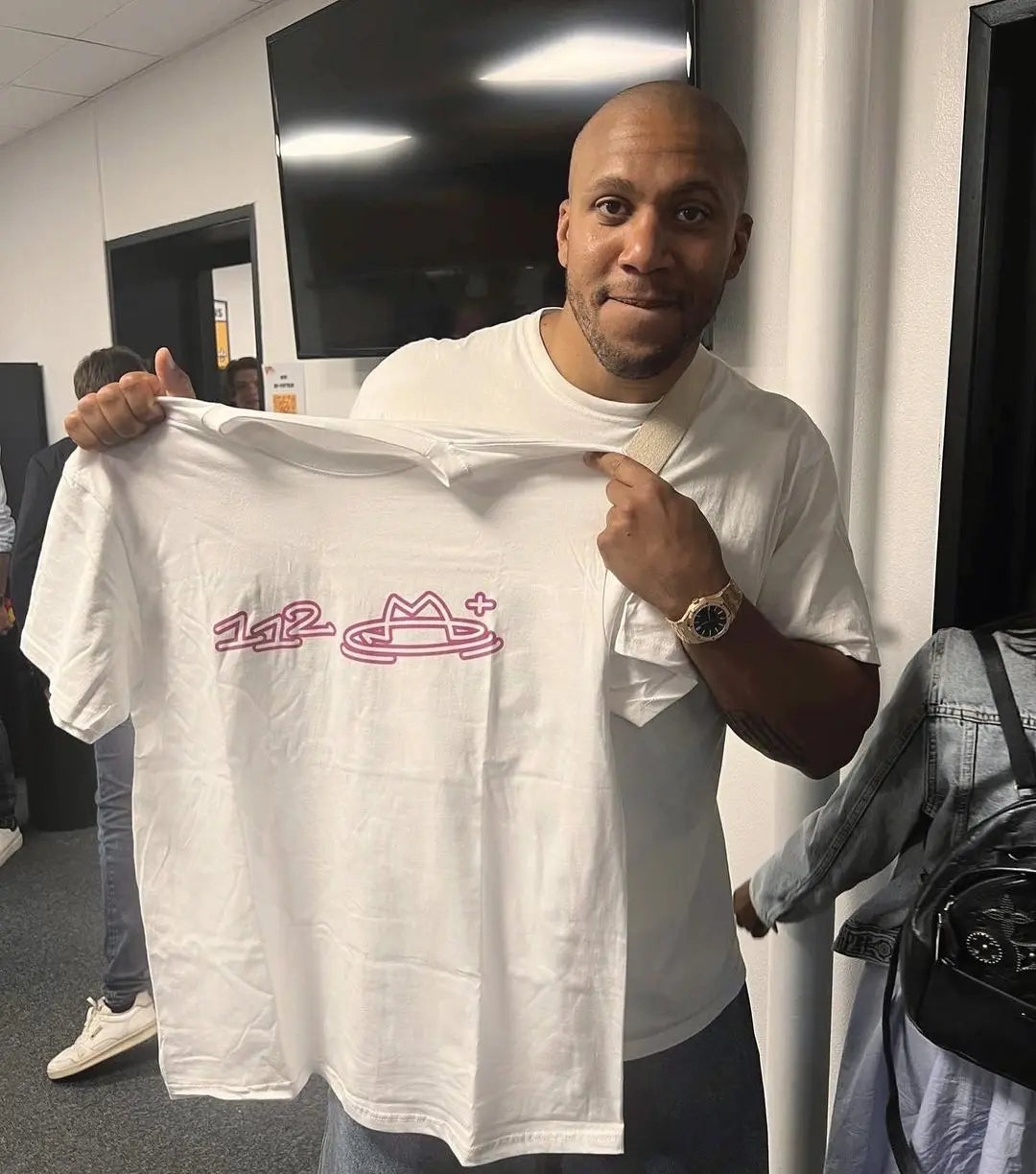
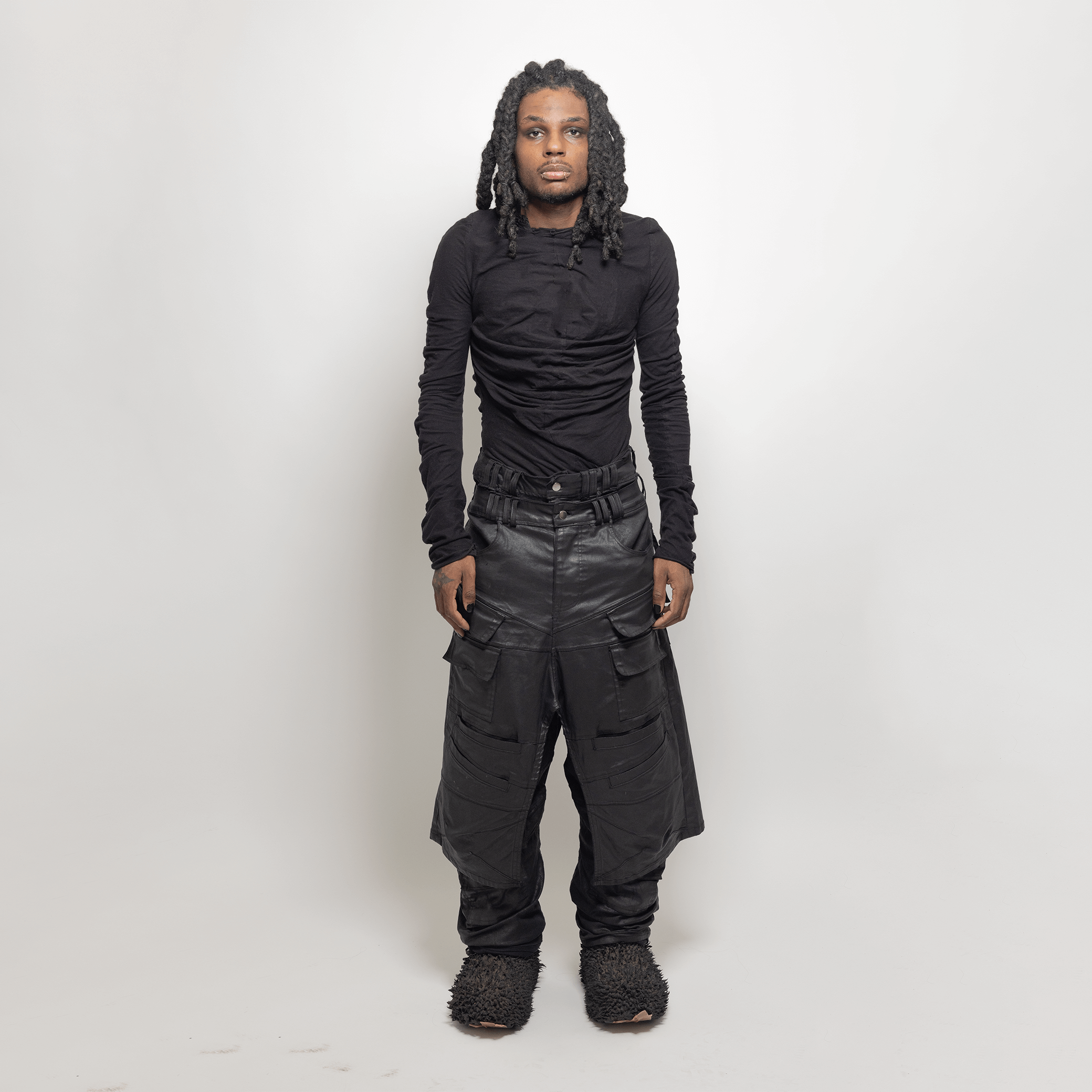
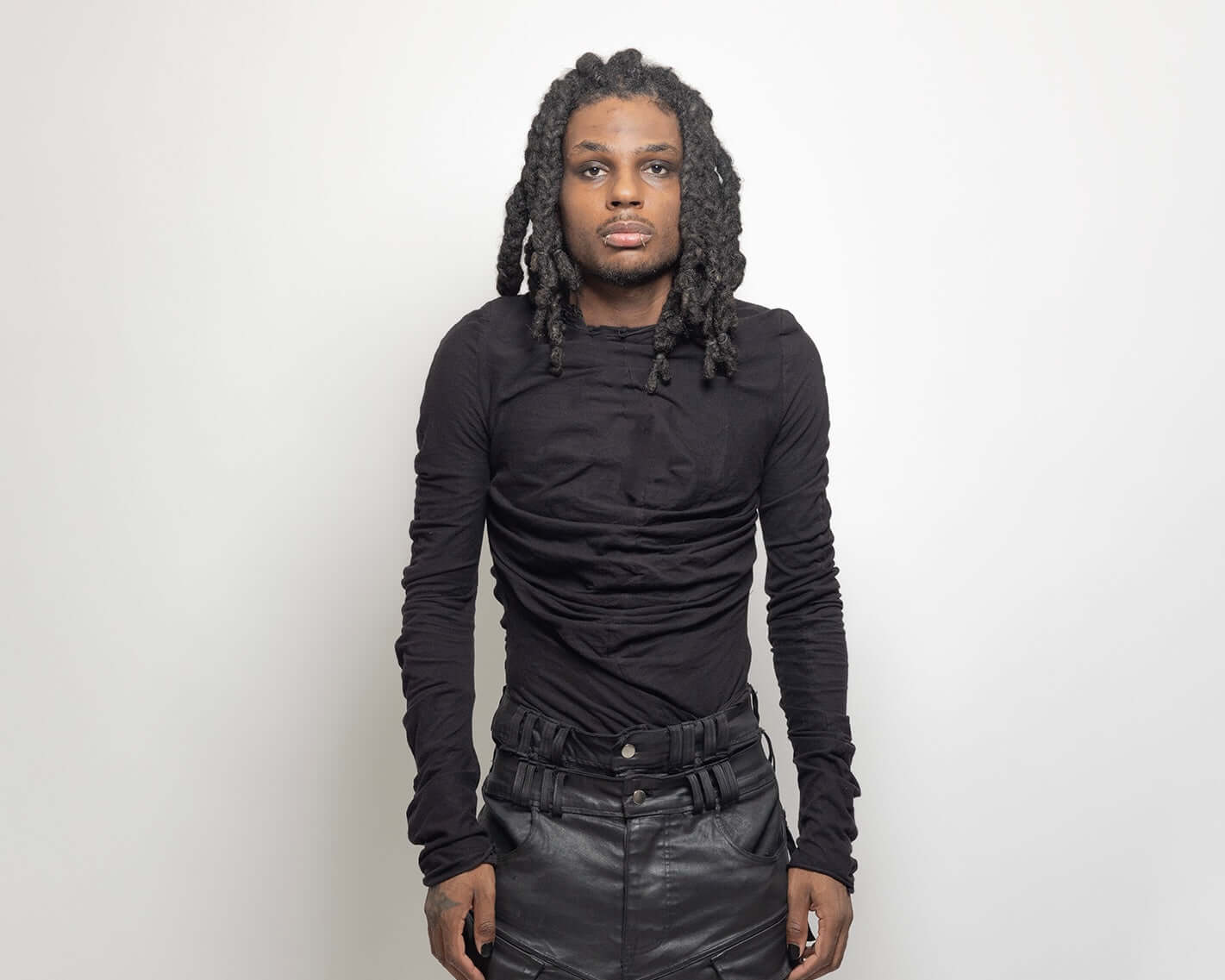
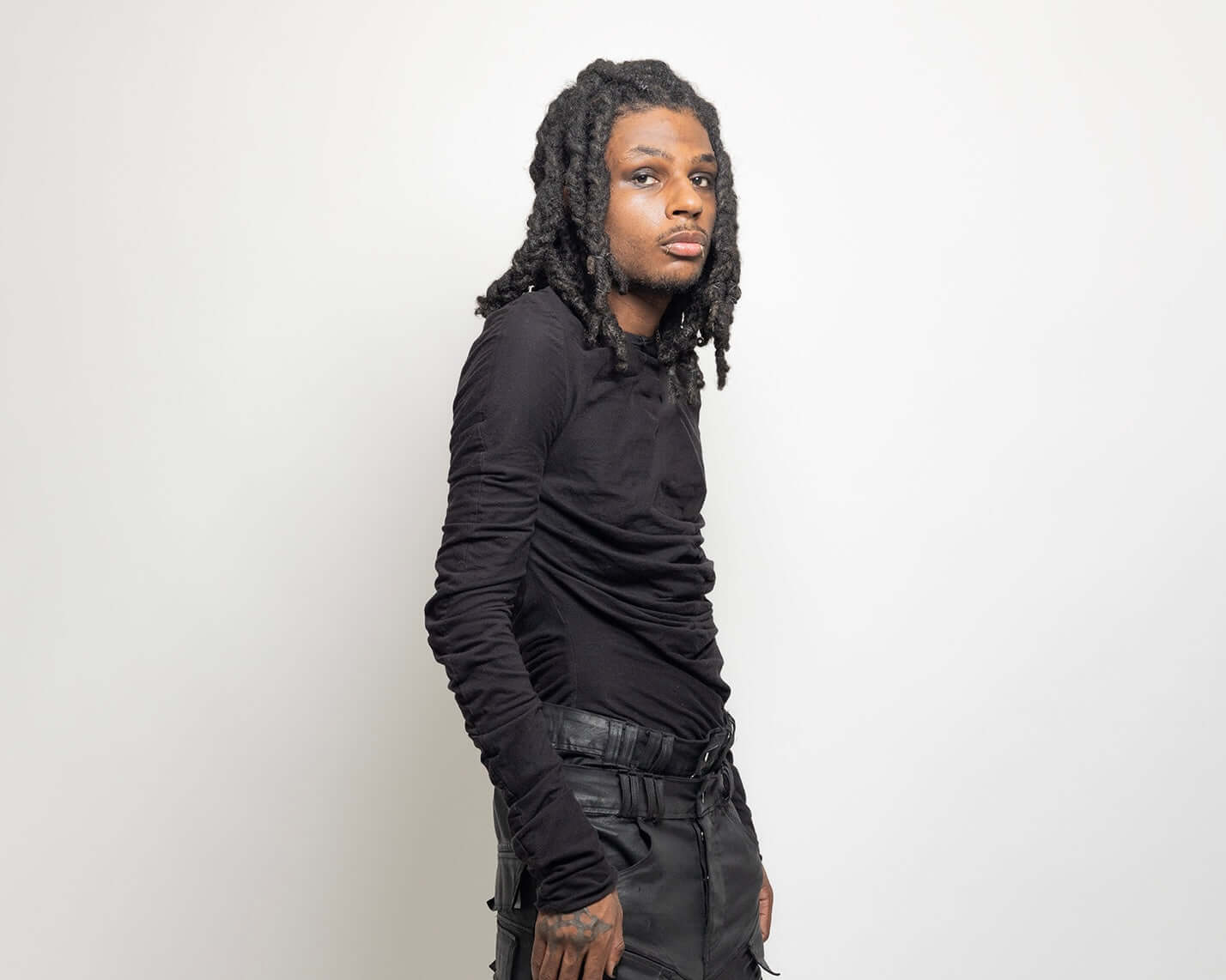

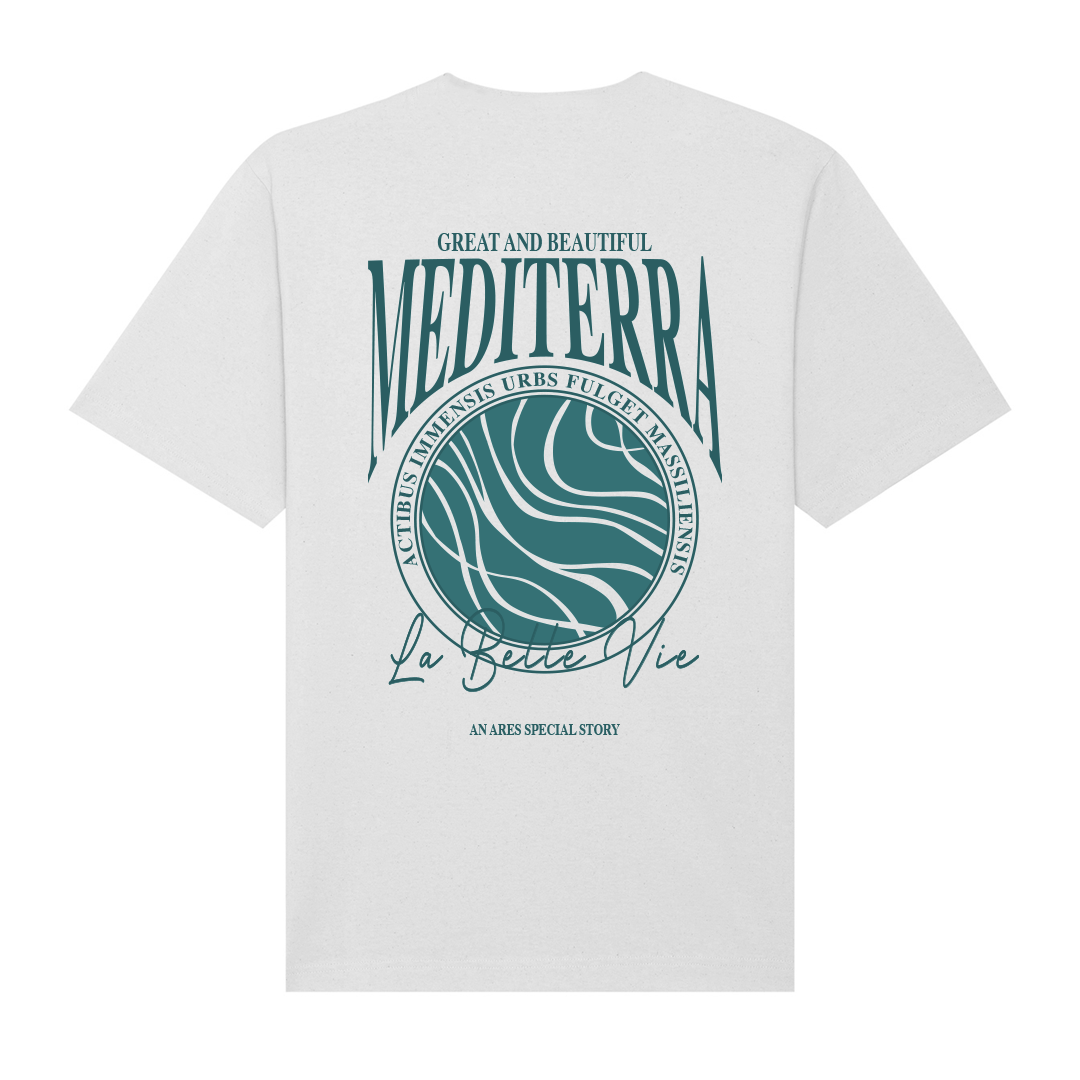
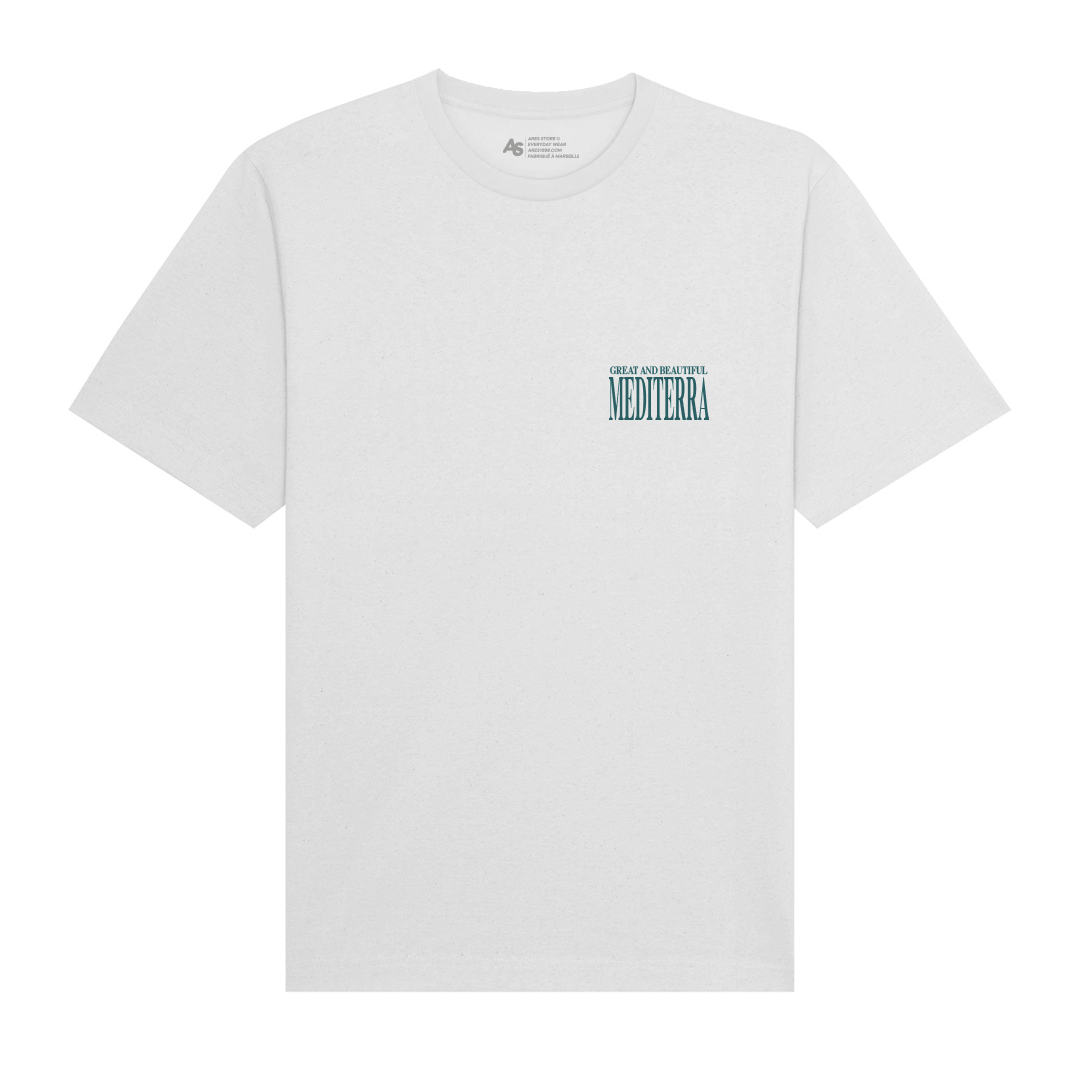

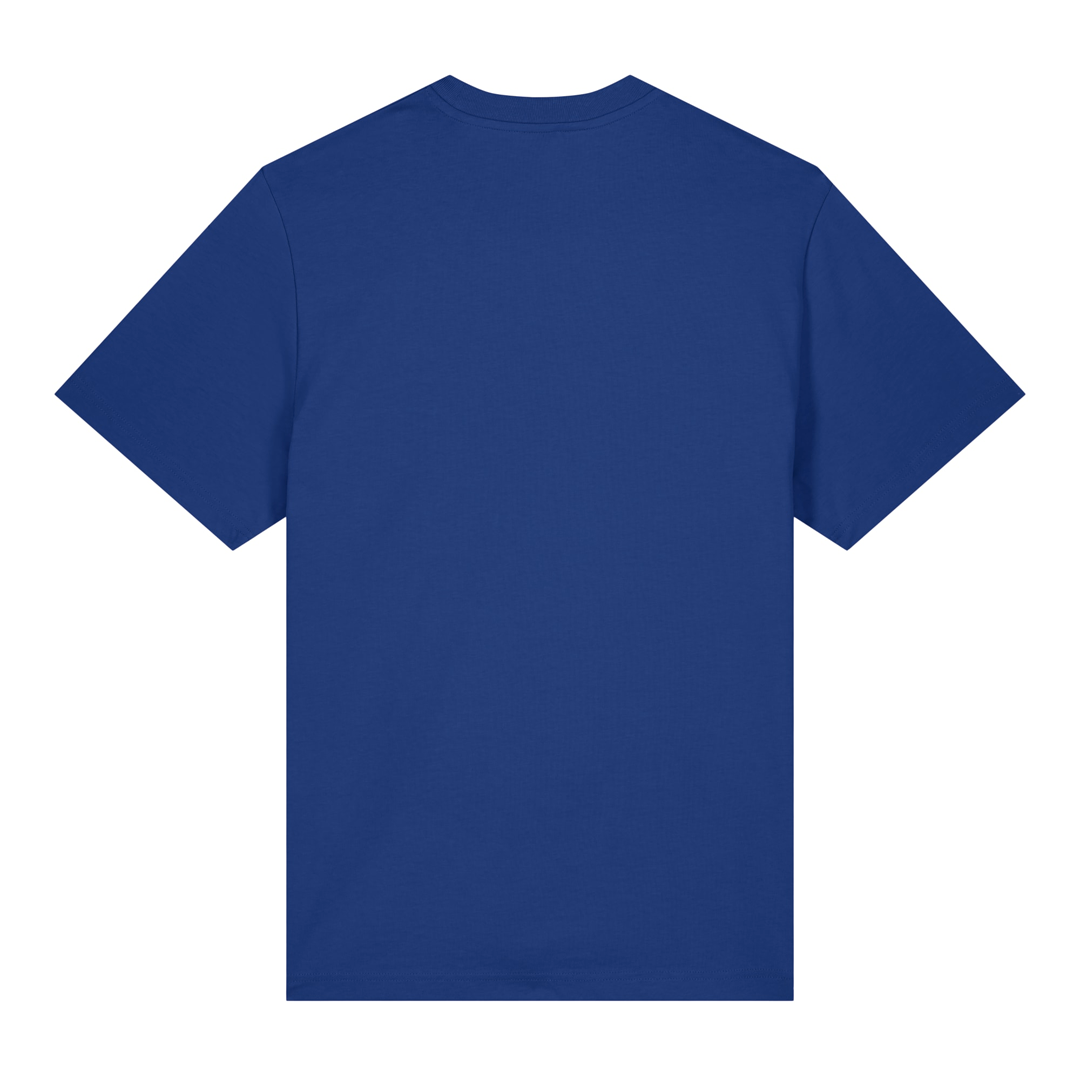
Share: